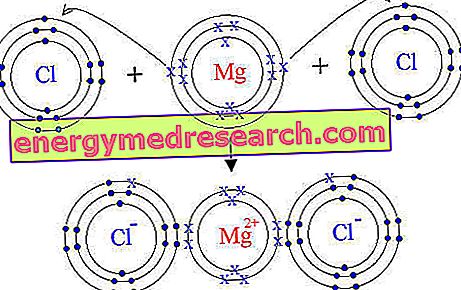Generality
Tartara sauce is a food based on egg yolks, oil, vinegar, fresh vegetables - preserved, and spices; it is a typical French preparation that brilliantly replaces fats.

The energy intake of Tartar sauce is high and its nutrients do not allow high consumption; it is almost uniquely precluded by low-calorie diets or metabolic diseases.
Etymology
Tartara sauce is an accompaniment to the homonymous preparation based on raw meat appropriately "diced" with a knife ( Tartar in Italian or Tartàre in French). The name of the dish and the sauce refers to the habit that certain barbarians used to consume the meat, that is raw but heated and matured between the horse's back and the driver's buttocks.
Description and outline of composition
Tartar sauce is light in color, tending to yellowish, with numerous fragments of green, white and yellow vegetables. The consistency is creamy, while the aroma is pleasantly sour and raw egg.
Tartara sauce is a food widely known and widespread; There are many variations but the basic ingredients are always: mayonnaise, vinegar, fermented gherkins, capers, white onion and / or chives.
For more information on the weights and the process needed to obtain a good Tartar sauce, I suggest you visit the Tartara Salsa web page; at the same address it will be possible to consult in more detail the nutritional content of the food (energy, energy nutrients, cholesterol and fiber).
Tartar Sauce - Video Recipe
X Problems with video playback? Reload from YouTube Go to Video Page Go to Video Recipes Section Watch the video on youtubeNutritional aspects
As anticipated, Tartara is to be considered as a dressing fat.
Having a mayonnaise base, it contains high percentages of oil and egg yolk, which give it a very high concentration of energy lipids (therefore calories), vitamin E, essential fatty acids, cholesterol, carotenoids, some B vitamins and iron. Obviously, the vegetables contained in it increase the fraction of simple sugars and fibers, but they are certainly not the characteristic nutrients of the preparation; proteins have a high biological value.
The chemical composition of Tartara can vary quite a lot depending on the type of oil used, as some have excellent amounts of omega 6 (eg corn) or omega 9 (eg extra virgin olive oil) or omega 3 (eg . of soy); the choice is also based on the destination of the sauce itself.
From what has been described, even without going into further detail, it is conceivable that Tartara sauce does NOT represent a food to be consumed in freedom. The abundance of energy does not easily place it in the ordinary diet and above all in that aimed at weight loss; in parallel, despite having excellent concentrations of polyunsaturated fatty acids and antioxidants (vit. A, E), the Tartar sauce abounds in cholesterol, therefore it must be excluded from the diet of those suffering from hypercholesterolemia. The average portion of Tartar sauce is about 10g; in case it completely replaces the fats from seasoning it can reach 20-30g.



